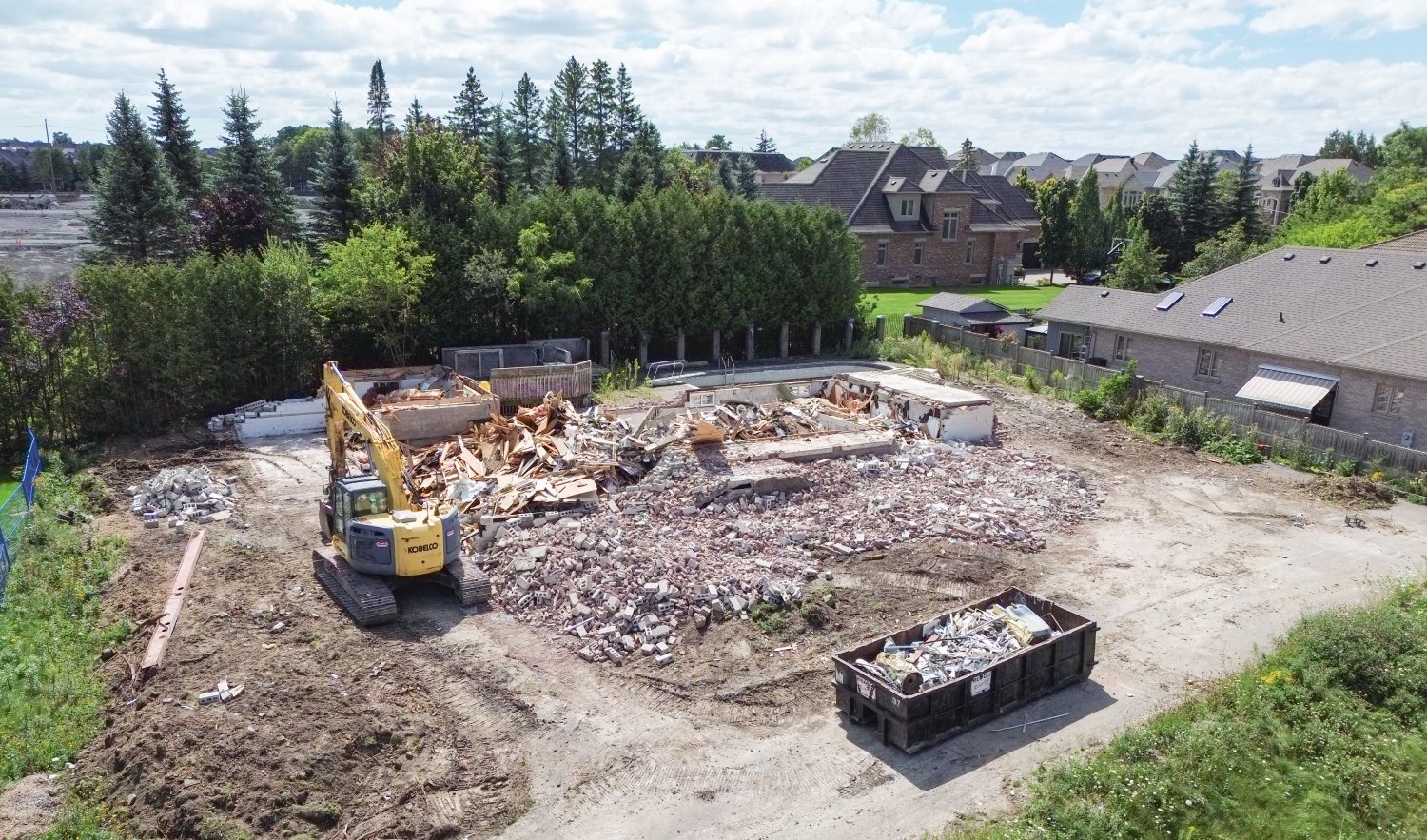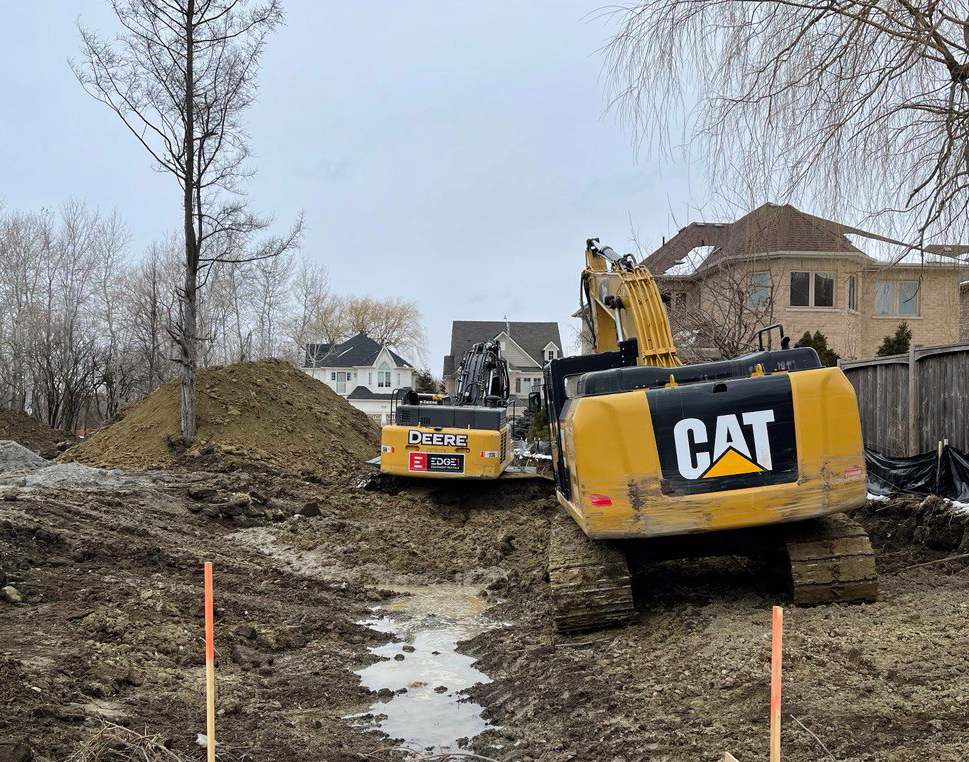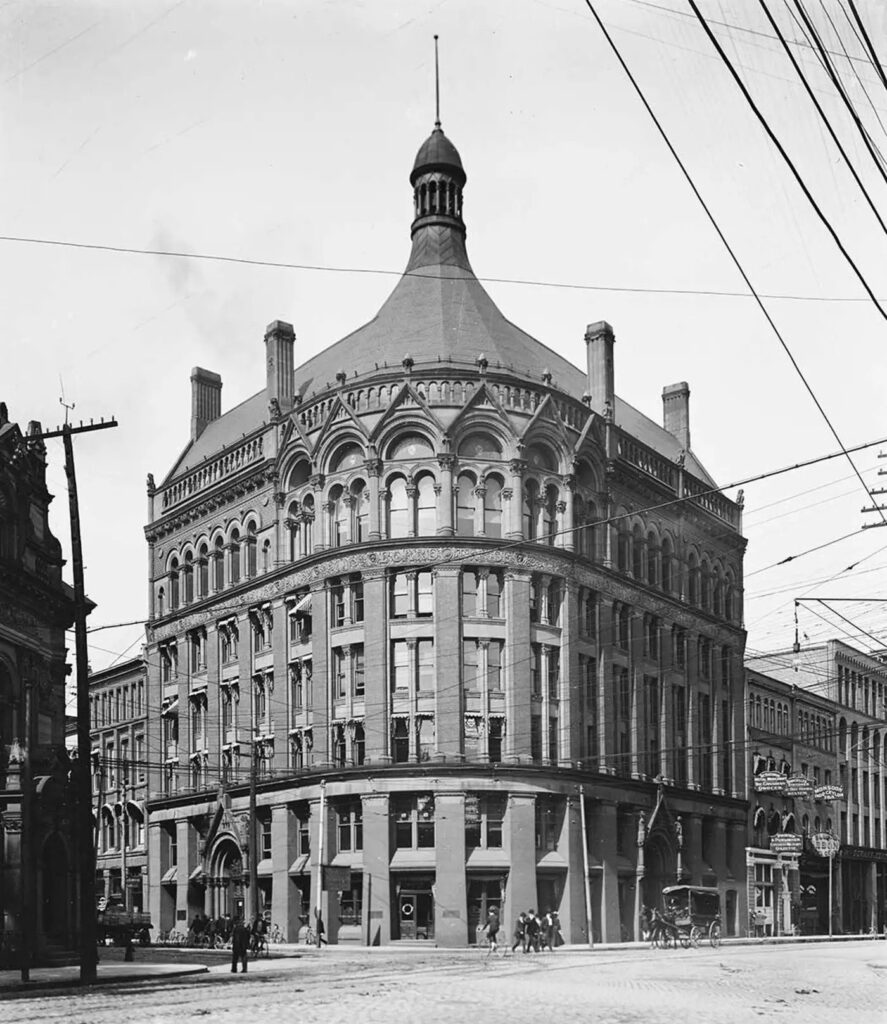
Demolition Permit
Residential Permit Services
↳ Legal Basement Permit
↳ Decks and Porches Permit
↳ Demolition Permit
↳ Home Renovation Permit
↳ HVAC and Plumbing Permit
↳ Interior Alteration Permit
↳ Multiplex Permit
↳ New House Permit
↳ Pool and Gazebo Permit
↳ Re-zoning Permit
↳ Removing Load Bearing Wall Permit
↳ Walkout/Side Door Permit
↳ Small Addition Permit
↳ Tree Removal Permit
Curious about Demolition Permits?
The possession of a Demolition Permit, which is equivalent to obtaining eviction notices, grants you the authority to demolish any building that was originally required for acquiring zoning.
Upon obtaining a Demolition Permit, we will examine your application for all necessary safety measures and ensure that it is in compliance with applicable laws, including the Ontario Heritage Act and the Demolition Control By-law. We must make certain that everything is in order before we give the go-ahead!
Here's the kicker: In some cases, it is not necessary to have a Demolition Permit for certain scenarios. Non-load bearing interior partitions and farm buildings like barn, silos, and other structures typically do not require a load bearing structure.
The Demolition Permit process is now open to those who have built or planned to build structures. Our team will make certain that everything is ready for you, allowing you to proceed with confidence. Contact me today to discuss your demolition plans and get started with the necessary steps.

When is it necessary to obtain a Demolition Permit? It's time to clear things up!

To demolish any structure that covers more than 10 square meters (108 square feet), or a portion of it, you must obtain & Obtain / Permit the deeds; see Building Regulations. A Demolition Permit is required to demolish a structure that was built improperly without obtaining evicts from the original building, regardless of the permit. In most cities, obtaining a Demolition Permit is required when you intend to completely destroy or demolish masonry structures from the ground. It is necessary to obtain a separate permit for every structure you intend to demolish. The information you provide about tree preservation is frequently reviewed by us before awarding your Demolition Permit.
At least, for the most part, there are situations where you don't need a Demolition Permit at all!
If you're taking down decks, porches or similar structures, it's okay to proceed without a Demolition Permit. Small sheds, small garages and any space without separate utility connections are also subject to this rule.
It is not necessary to have a Demolition Permit for exterior non-structural elements such as paving and landscapes.
But wait, there's more!
To demolish a building that is of historic or architectural importance and could be designated or intended for designation under the Ontario Heritage Act, the council must give their consent. Negotiations could occur regarding the preservation of a certain aspect of the building's distinctiveness.
Prior to commencing work in certain demolition control zones, such as those for residential properties, a Demolition Permit must be obtained from the municipal authorities.
It's all over your head, folks! Summit-Permit is available to help guide you through the process of demolition and ensure a smooth journey, so feel free to contact us anytime. If you have demolition plans, don't hesitate to get in touch with us!
When you do not need a Demolition Permit?

- Removing decks, porches, and other similar structures
- Removing small sheds, small garages
- Any space that do not contain utilities with separate connections
- Non-structural likes paving and landscapes that are exterior
Demolition of Heritage Buildings!

Under the Ontario Heritage Act, a building can be designated as if it has historical or architectural significance and may therefore be intended for designation as such. In such a case, demolition necessitates the council's approval and negotiations may be necessary to preserve some or most of the building'd character.
Unless granted a demolition permit by the municipal council, it is not allowed to demolish if you reside in squalid housing in any designated demolition zone.
When you do not need a Demolition Permit?

Our employees, regardless of their location, are subject to the Occupational Health and Safety Act's obligations as the City also means the workplace for all workers. According to the Construction Safety Regulations, specific tasks on construction sites are clearly defined as being the responsibility of the constructor, employer, supervisor, and worker.
According to the City of Toronto, all parties involved in construction must prioritize ensuring that construction sites are safe and injury-free.
It is mandatory for the City of Toronto Building Inspectors to receive safety training. Providing safety and health benefits at construction sites requires the compliance of individual builders with the requirements set forth by the Occupational Health and Safety Act.
Safety precautions include placing guards temporarily on all openings, using ladders correctly, descending temporary or permanent stairs by the time the sub floor is complete, providing safe and clear access to the site, protecting trenches and excavation below four feet deep, and properly using fall prevention equipment where appropriate. The City of Toronto has prohibited the conduct of its Building Inspectors, who are responsible for ensuring the safety of employees, by prohibiting any site inspections where health and safety is at risk due to certain conditions. The site's accessibility is hindered by obstacles or dangers, and there are no trellisations or excavations that are compulsory.
A site that is not adequately protected from potential risks should be inspected before it can be called for an inspection, as no adequate safety measures have been implemented. A timetable that includes these safety measures will be worked out in collaboration with the City of Toronto Building Inspectors and builders. In case of failure to provide the necessary measures, an Order Not To Cover may be issued and the Ministry of Labour notified.
The safety of all workers is our top priority, and we look forward to working with you in this regard.
